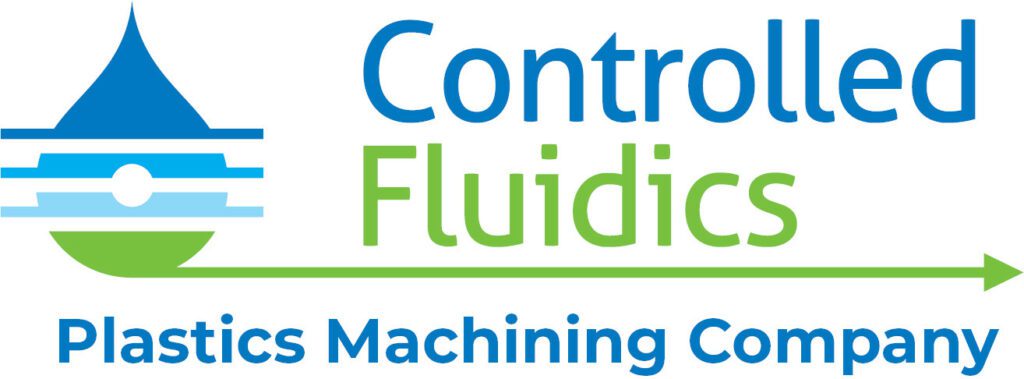Plastic Components
Plastic Machining with Vespel Plastic
Pete Poodiack talks about Vespel plastic and what makes it a popular material for plastic machining and fabrication.
Read MorePlastic Machining with Ultem Plastic
Pete Poodiack talks about Ultem plastic and what makes it a popular material for plastic machining and fabrication.
Read MoreResources | Controlled Fluidics
Resources We’ve gathered the most useful information here so you can make the best and most informed decisions about your next project with us. Design Guides & How-Tos Read our expert-backed design guide for bonded plastic manifolds and other items to guide you to success. Read Our Design Guide Yes, you can polish plastic. Here’s our guide…
Read MorePlastic Machining with UHMW Plastic
Pete Poodiack talks about UHMW plastic and what makes it a popular material for plastic machining and fabrication.
Read MorePlastic Machining with Torlon Plastic
Pete Poodiack talks about Torlon plastic and what makes it a popular material for plastic machining and fabrication.
Read MorePlastic Machining with Teflon Plastic
Pete Poodiack talks about Teflon plastic and what makes it a popular material for plastic machining and fabrication.
Read MorePlastic Machining with Tecadur Plastic
Pete Poodiack talks about Tecadur plastic and what makes it a popular material for plastic machining and fabrication.
Read MorePlastic Machining with Rexolite Plastic
Pete Poodiack talks about Rexolite plastic and what makes it a popular material for plastic machining and fabrication.
Read MorePlastic Machining with Radel Plastic
Pete Poodiack talks about Radel plastic and what makes it a popular material for plastic machining and fabrication.
Read MorePlastic Machining with PVDF Plastic
Pete Poodiack talks about PVDF plastic and what makes it a popular material for plastic machining and fabrication.
Read MorePlastic Machining with Polysulfone Plastic
Pete Poodiack talks about Polysulfone plastic and what makes it a popular material for plastic machining and fabrication.
Read MorePlastic Machining with Polypropylene Plastic
Pete Poodiack talks about Polypropylene plastic and what makes it a popular material for plastic machining and fabrication.
Read MorePlastic Machining with Polycarbonate (PC) Plastic
Pete Poodiack talks about Polycarbonate plastic and what makes it a popular material for plastic machining and fabrication.
Read MorePlastic Machining with PES Plastic
Pete Poodiack talks about PES plastic and what makes it a popular material for plastic machining and fabrication.
Read MorePlastic Machining with PEEK Plastic
Pete Poodiack, VP of Sales and Marketing at Controlled Fluidics, talks about PEEK plastic and what makes it a popular material for plastic machining and fabrication. Welcome to another video about the plastics machining materials we use at Controlled Fluidics. In this video, we’re talking about PEEK, which is a high-performance plastic with high chemical,…
Read MorePlastic Machining with Nylatron GS Plastic
Pete Poodiack talks about Nylatron GS plastic and what makes it a popular material for plastic machining and fabrication.
Read MorePlastic Machining with Noryl Plastic
Pete Poodiack talks about Noryl plastic and what makes it a popular material for plastic machining and fabrication.
Read MorePlastic Machining with COC/COP Plastic
Pete Poodiack talks about COC/COP plastic and what makes it a popular material for plastic machining and fabrication.
Read MorePlastic Machining with Acrylic Plastic
Pete Poodiack talks about Acrylic plastic and what makes it a popular material for plastic machining and fabrication.
Read MorePlastic Machining with Acetal and Delrin Plastic
Pete Poodiack talks about Acetal and Delrin plastics and what makes them popular materials for plastic machining and fabrication.
Read More
